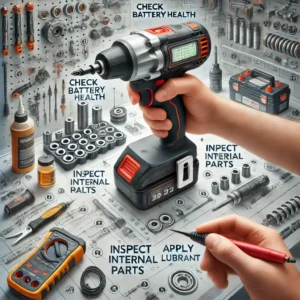Using a cordless drill can be a game-changer, but many people underestimate how much they can accomplish with the right approach. Whether you’re new to drills or have used them for years, there are often overlooked tips that can make all the difference. I want to share the best insights I’ve learned from over a decade in the tool manufacturing industry. Ready to drill smarter?
To get the most out of your cordless drill, knowing a few insider tips can make a big difference in both efficiency and safety. From choosing the right drill bit to understanding speed settings, these tips can help you achieve better results.
Let’s dive into some practical, easy-to-implement tips that can enhance your cordless drilling experience.
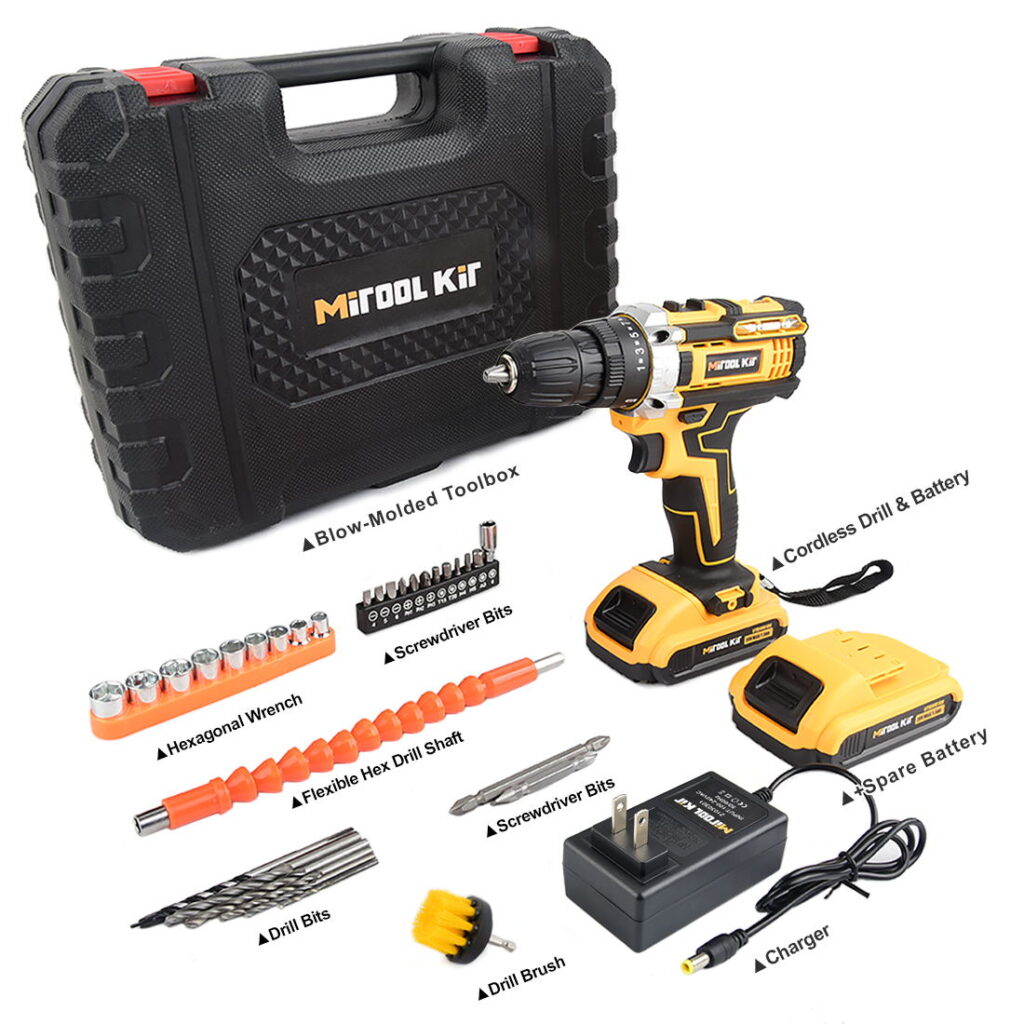
How do you choose the right drill bit?
Choosing the right drill bit is essential. Different materials require specific bits to prevent damage to both the bit and the material. For example, high-speed steel (HSS) bits are ideal for metal, while wood typically works best with brad-point bits for cleaner cuts. Selecting the right bit can significantly improve drilling performance and ensure professional results.
Using the correct bit not only enhances efficiency but also extends your drill’s lifespan, making your projects smoother and equipment more durable.
| Material | Recommended Drill Bit Type | Features |
|---|---|---|
| Metal | High-Speed Steel (HSS) Bit | Durable, ideal for hard materials |
| Wood | Brad-Point Bit | Provides clean, precise cuts |
| Concrete | Tungsten Carbide Bit | Durable, able to penetrate hard surfaces |
| Glass/Tile | Diamond Bit | Specially designed for brittle materials |
Choosing the right bit not only boosts efficiency but also significantly prolongs tool life, making your drilling projects smoother and more successful.
Why are speed settings important?
Most cordless drills offer various speed settings to suit different materials. Lower speeds are ideal for tougher materials like metal, providing greater control and preventing overheating, while higher speeds are more effective for softer materials like wood, allowing faster, cleaner drilling. Adjusting the speed according to the material enhances both efficiency and precision. Additionally, using the appropriate speed setting can increase the tool’s lifespan by up to 20%, ensuring more consistent performance over time.
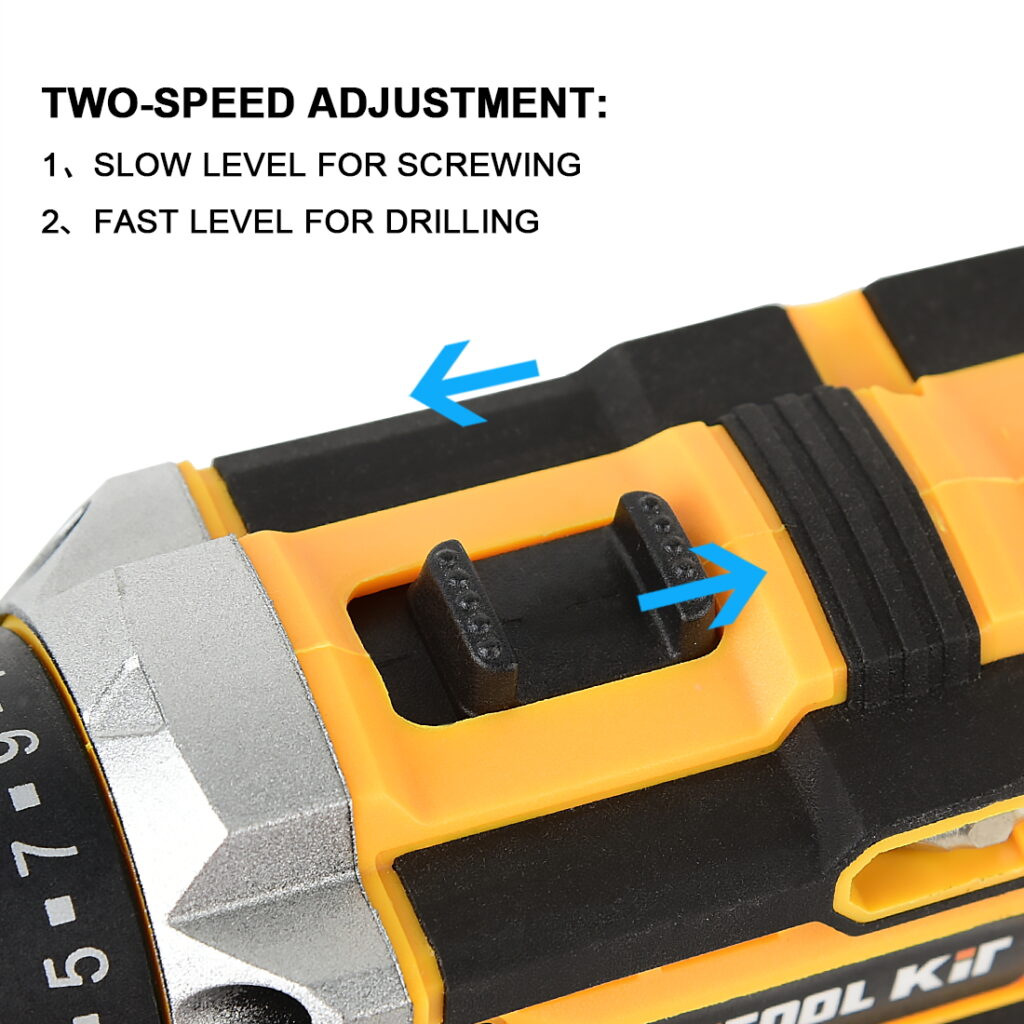
How do you control drill depth effectively?
Accurately controlling drill depth is critical, especially for projects involving delicate or precision work. Many drills come with built-in depth stops, which make it easy to control how deep you drill, but if your drill doesn’t have one, a simple and effective solution is to use tape. Wrap a piece of tape around the drill bit at your target depth; when the tape reaches the surface, you know it’s time to stop. This technique is especially useful for repetitive tasks where maintaining uniform depth is essential.
For tasks where depth consistency is key—like installing screws or dowels—this method can improve both the quality and precision of your work. Studies have shown that projects with consistent drill depth often result in up to 30% better overall finish and stability, making this small effort worthwhile for professional-looking results.
What about grip and stance?
A proper grip and stance are essential, particularly for extended drilling tasks. Hold the drill firmly, keeping your wrist straight and aligned with the tool. Balance your body weight evenly for better stability. This posture not only minimizes strain but also improves precision, helping you maintain control throughout the job. With the right stance, you can significantly reduce hand and wrist fatigue, making long projects more comfortable and improving the overall quality of your work.
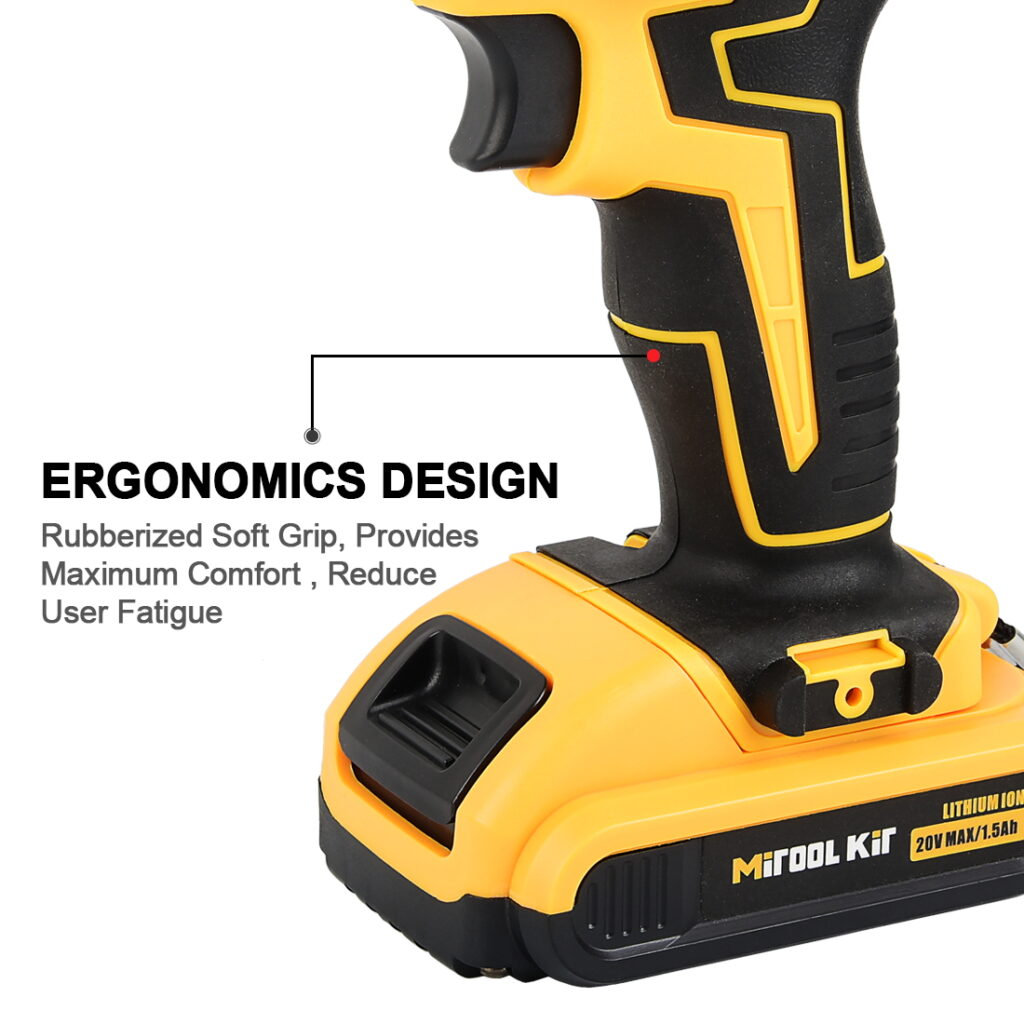
How to extend battery life?
Battery life is crucial for any cordless tool. Here are three important tips to maximize it:
- Avoid letting the battery run down completely.
- Store the battery at room temperature.
- Begin charging only when it reaches about 20%.
By following these guidelines, you can extend the battery’s lifespan by as much as 30%, keeping your tool ready for longer use.
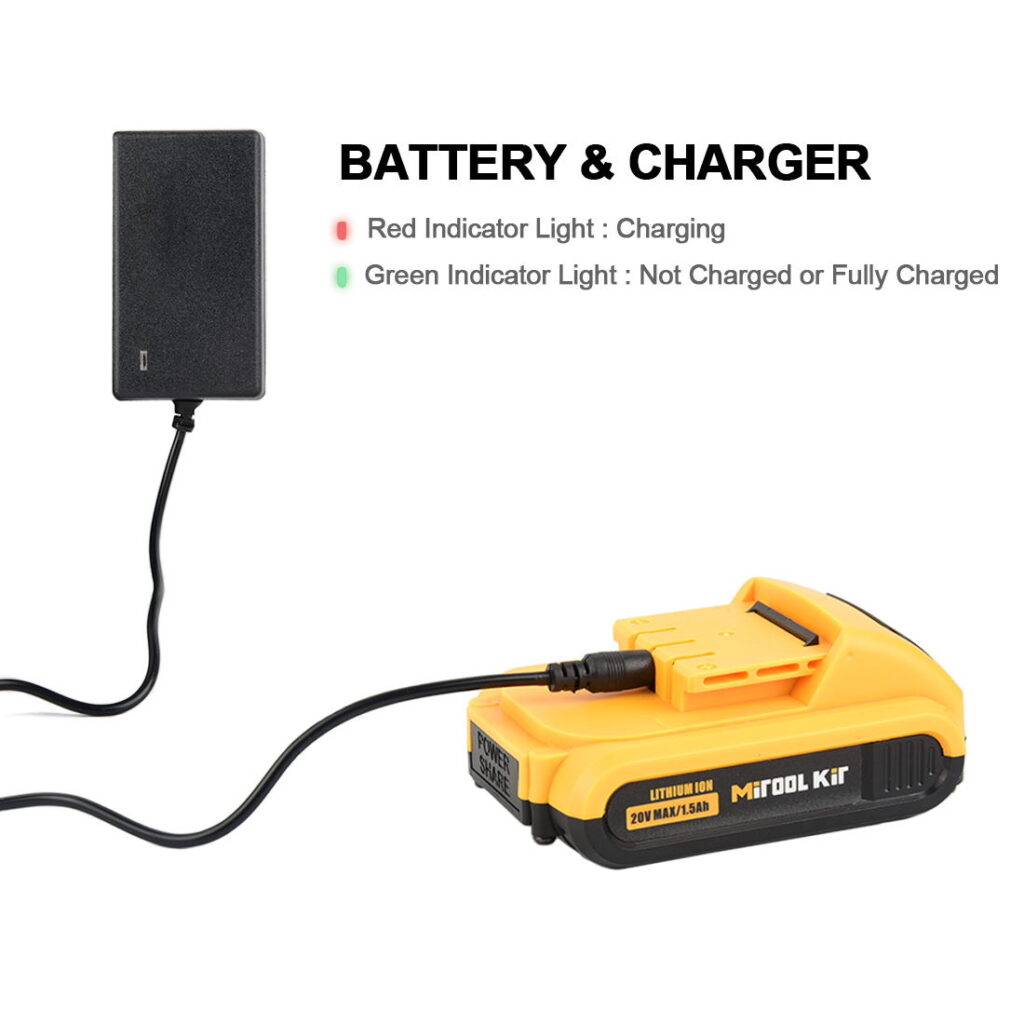
How can you prevent overheating?
Preventing overheating is essential to protect your drill and extend its life. To avoid overheating, try not to use the drill continuously for extended periods, especially at high speeds. If the motor housing starts to feel hot, pause and let the drill cool down for a few minutes. Taking these breaks can help reduce wear and prevent malfunctions, as overheating is a common cause of drill issues.
What are the essential safety tips?
Safety is critical when using power tools. Here are some top recommendations:
- Always wear safety goggles.
- Keep loose clothing and hair away from the drill.
- Ensure a well-lit workspace.
Over 35% of drill-related accidents occur due to lack of safety precautions .
What maintenance does a cordless drill need?
Regular maintenance is key to keeping your cordless drill in top condition. Here are a few simple steps:
- Clean the drill chuck and vents regularly to remove dust and debris.
- Lubricate moving parts periodically to ensure smooth operation.
- Check battery terminals and remove any dirt or buildup.
Following a routine maintenance schedule can significantly extend the lifespan of your drill, helping it run efficiently for much longer.
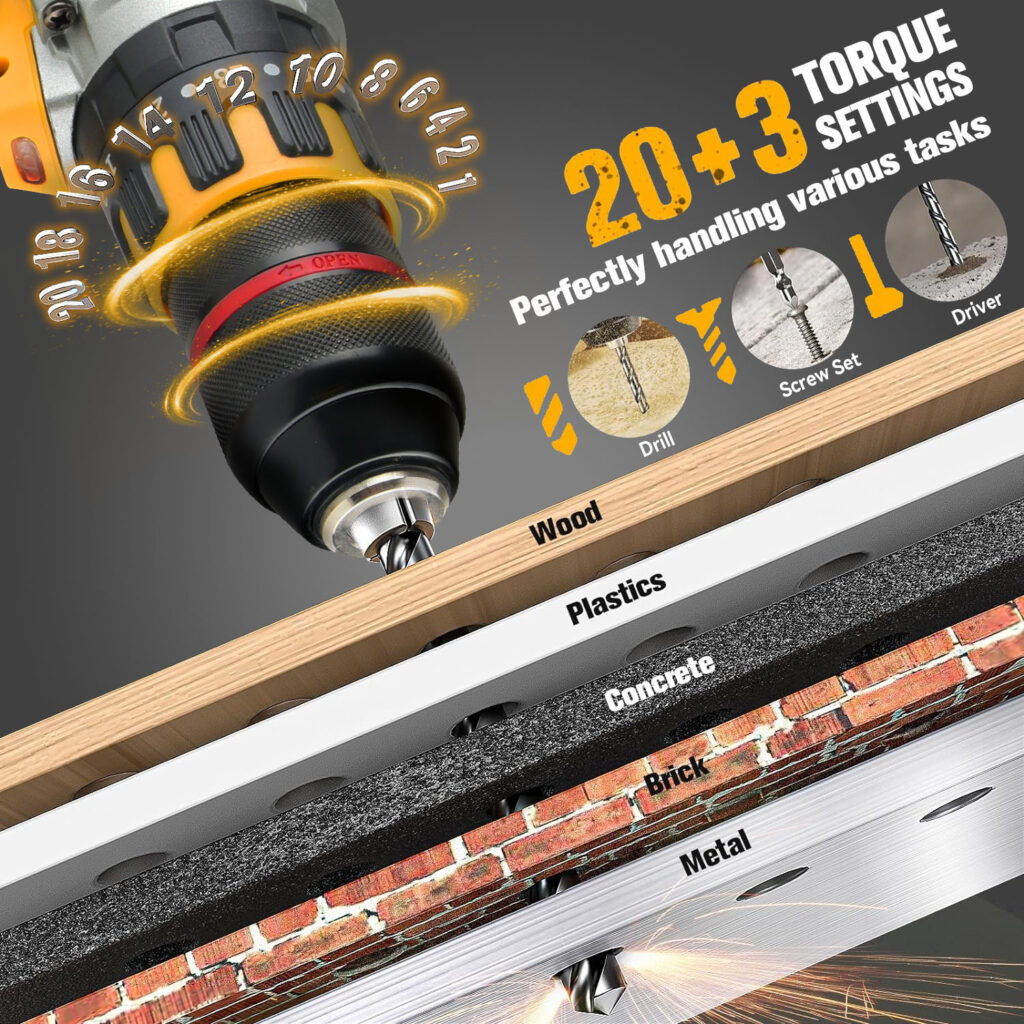
Conclusion
Using a cordless drill effectively can enhance your work quality and protect your investment. By selecting the correct drill bit, adjusting speed, maintaining proper grip, caring for your battery, and following safety precautions, you’ll get the best performance from your tool. Remember, good habits lead to great results.

